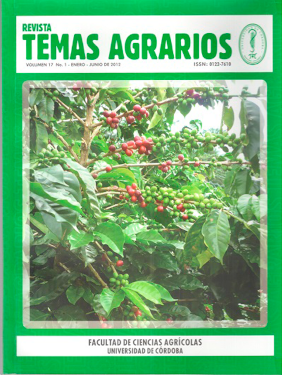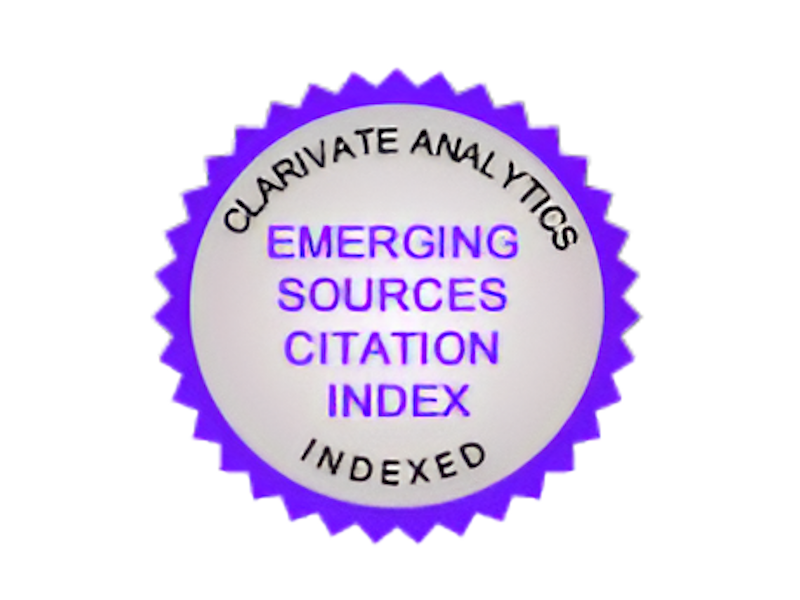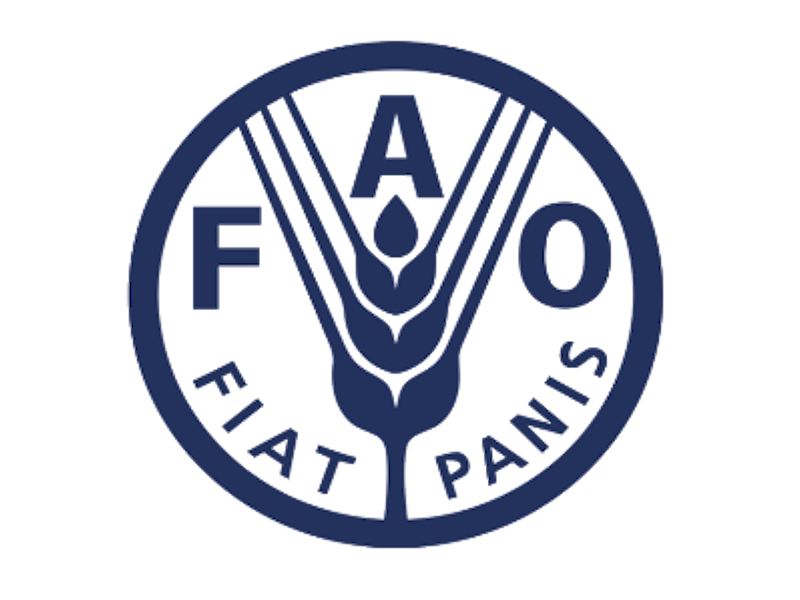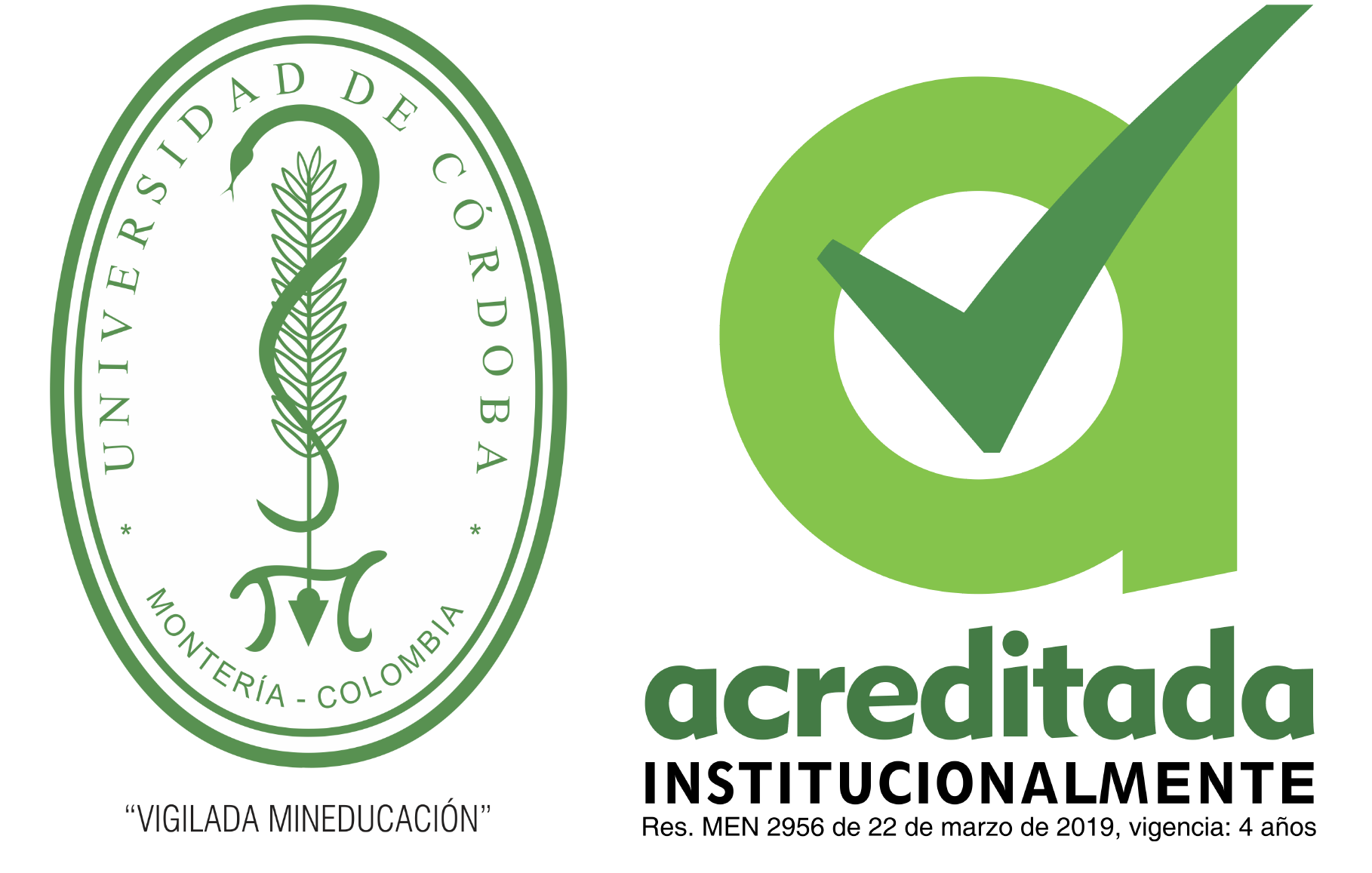Cambios diarios del contenido de pigmentos fotosintéticos en hojas de caléndula bajo sol y sombra
Diurnal changes in photosyntheticpigments content in sun and shade marigold leaves
Cómo citar
Casierra-Posada, F., Ávila-León, O., & Riascos-Ortíz, D. (2012). Cambios diarios del contenido de pigmentos fotosintéticos en hojas de caléndula bajo sol y sombra. Temas Agrarios, 17(1), 60-71. https://doi.org/10.21897/rta.v17i1.697
Dimensions
Licencia

Esta obra está bajo una licencia internacional Creative Commons Atribución-NoComercial 4.0.
Mostrar biografía de los autores
Visitas del artículo 5777 | Visitas PDF
Descargas
Los datos de descarga todavía no están disponibles.
- Aronoff, S. 1959. The “turnover” of chlorophyll. In: Radiation Biology & Medicine, W. D. Claus,ed. Addison-Wesley Pub. Co., Reading, Mass. p634-639.
- Bauer, A. 1958. Die Konstanz des Chlorophyllgehaltes bei Laubblittern im Laufe eines Tages. Planta 51:84-98.
- Bavrina, T.C. 1959. Diurnal changes of chlorophyllcontent in leaves. Fiziol. Rastenii 6:213-216.
- Carter, A.G. y Spiering, B.A. 2002. Optical properties of intact leaves forestimating chlorophyll concentration. J. Environ. Qual 31:1424-1432.
- Castro, K.L. y Sanchez-Azofeifa, G.A. 2008. Changes in spectral properties, chlorophyll content andinternal mesophyll structure of senescing Populus balsamifera and Populus tremuloides leaves. Sensors 8:51-69.
- Casierra-Posada, F. 2007. Fotoinhibición: Respuesta fisiológica de los vegetales al estrés por exceso de luz. Revista Colombiana de Ciencias Hortícolas 1(1):114-123.
- Chauser-Volfson, E. y Gutterman, Y. 1998. Content and distribution of anthrone C-glycosides in the South African arid plant species Aloe mutabilis growing in the direct sunlight and the shade in the Negev Desert of Israel. J. Arid Environ 40:441-451.
- Coleman, J.W. y Rabinowitch, E. 1959. Evidenceof photoreduction of chlorophyll in vivo. J. Phys. Chem 63:30-34.
- Coelho, G.C., Rachwal, M.F.G., Dedecek, R.A., Curcio, G.R., Nietsche, K. y Schenkel, E.P. 2007. Effect of light intensity on methylxanthine contents of Ilex paraguariensis A. St. Hil. Biochem. Syst. Ecol 35:75-80.
- Corporación Colombia Internacional. 2004. Plantas aromáticas y aceites esenciales. Inteligencia de mercados 24. Perfil del producto. http://www.agronet.gov.co/ www/docs_agronet/2005113151357_ perfil_producto_Aromaticas.pdf [27 Febrero 2012].
- Daughtry, C.S.T., Walthall, C.L., Kim, M.S., Brown de Colstoun, E. y McMurtrey III, J.E. 2000. Estimating corn leaf chlorophyll concentrationfrom leaf and canopy reflectance. Remote Sens. Environ 74:229-239.
- Duque, A. 2001. Encuesta nacional de plantas medicinales y aromáticas una aproximación al mercado de las PMyA en Colombia. Instituto de Investigación de Recursos Biológicos Alexander von Humboldt. Biocomercio Sostenible. Available online at: http://farmacia.udea.edu.co/~ff/ Comercio.pdf [1 Diciembre 2011].
- Fischer, G. 2000. Ecophysiological aspects of fruit growing in tropical highlands. Acta Hort. (ISHS) 531:91-98.
- Friend, D.J.C. 1961. The control of chlorophyllaccumulation in leaves of Marquis wheat by temperatureand light intensity. Physiol. Plantarum14:28-39.
- Garcia-Plazaola, J.I., Hernández, A. y Becerril, J.M. 2003. Antioxidant and pigment composition duringautumnal leaf senescence in woody deciduous species differing in their ecological traits. Plant Biol 5:557-566.
- Gitelson, A.A., Merzlyak, M.N. y Lichtenhaler, H. 1996. Detection of red edge positionand chlorophyll content by reflectance measurementsnear 700 nm. Journal of Plant Phisiology 148:501-508.
- Heyes, D.J. y Hunter, C.N. 2005. Making light work of enzyme catalysis: protochlorophyllide oxidoreductase. Trends Biochem. Sci. 30:642-649.
- Hou, J.-L., Li, W.-D., Zheng, Q-Y, Wang, W-Q, Xiao, B. y Xing, D. 2010. Effect of low light intensity on growth and accumulation of secondary metabolites in roots of Glycyrrhiza uralensis Fisch. Biochemical Systematics and Ecology 38:160-168.
- Johnson, G.N., Scholes, J.D., Horton, P. y Young, A.J. 1993. Relationshipsbetween carotenoid composition and growth habit in British plantspecies. Plant Cell Environ 16:681-686.
- Krasnovsky, A.A. 1958. Reduction photochimique reversible de la chlorophylle et de ses analoqueset mecanisme de la photosensibilisation. J. Chimie Physique p968-979.
- Larcher, W. 1995. Physiological plant ecology. Springer, Berlin p506.
- Lei, T.T., Tabuchi, R., Kitao, M. y Koike, T. 1996. Functional relationship between chlorophyll contentand leaf reflectance, and light-capturing efficiency of Japanese forest species. Physiol. Planta 96:411-418.
- Lichtenthaler, H. y Wellburn, A. 1983. Determination of total carotenoids andchlorophyll a and b of leaf extract in different solvents. Biochem. Soc. Trans. 603:591-592.
- Mitrakos, K. 1959. Tagesperiodische Schwankungen der Fähigkeit zur Chlorophyllbildung. Planta 52:583-586.
- Mitrakos, K. 1960. Kurzperiodische Schwankungenin Chlorophyllgehalt von Kotyledonen verschiedener Entwicklungsstadien. Planta 54:365-370.
- Muramoto, T., Kohchia, T., Yokota, A., Hwang, I. y Goodman, H.M. 1999. The Arabidopsis photomorphogenic mutant hy1 is deficient in phytochrome chromophore biosynthesis as a result of a mutation in a plastid heme oxygenase. Plant Cell 11:335-348.
- Nagel, K.A. 2006. Abhängigkeit des Wurzelwachstumsvom Lichtregime des Sprosses undderen Modifikation durch Nährstoffesowie im Gravitropismus. Tesis doctoral.Schriften des Forschungszentrums JülichReihe Umwelt /EnvironmentBand. Universität Düsseldorf 6:119.
- Powels, S.B. 1984. Photoinhibition of photosynthesis induced by visible light. Annu. Rev. Plant Physiol 35:14-44.
- Ralphs, M.H., Manners, G.D. y Gardner, D.R., 1998. Influence of light and photosynthesis on alkaloid concentration in larkspur. J. Chem. Ecol. 24:167-182.
- Reinbothe, S. y Reinbothe, C. 1996. The regulation of enzymes involved in chlorophyll biosynthesis. Eur. J. Biochem 237:323–343.
- Reinbothe, C., El Bakkouri, M., Buhr, F., Muraki, N., Nomata, J., Kurisu, G., Fujita, Y. y Reinbothe, S. 2010. Chlorophyll biosynthesis: Spotlight on protochlorophyllide reduction. Trends in Plant Science 15(11):614-624.
- Seybold, A. y Falk, H. 1959. Die Heidelberger Chlorophyll bestimmungen- Eine Uberprüfung. Planta 53:339-375.
- Syvertsen, J.P., Lloyd, J., McConchie, C., Kriedemann, P.E. y Farquahar, G. 1995. On the relationship between leaf anatomy and CO2diffusion through the mesophyll of Hypostomatous leaves. Plant, Cell and Environment 18:149-157.
- Ulehla, J. 1961. Correlative inhibition of formationof chloroplhyll in the leaves of etiolated peaplants. Nature 191:613414.
- Ustin, S.L., Smith, M.O., Jacquemoud, S., Verstraete, M.M., y Govaerts, Y. 1998. GeoBotany: Vegetation mapping for Earth sciences, in Manual of Remote Sensing, Remote Sensing for the Earth Sciences, edited by A. N. Rencz, 3rd ed., John Wiley, Hoboken, N. J. 3:189248.
- Utkilen, H.C., Briseid, T y Eriksson, B. 1983. Variation in photosynthetic membrane and pigment content with lightintensity for Anacystis nidulansgrown in continuous cultures. Journal of General Microbiology 129:1717-1720.
- Virgin, H.I. 1961. On the formation of protochlorophyllin normal green wheat leaves of varyingage. Physiol. Plantarum 14: 384-392.
- Wickliff, J.L. y Aronoff, S. 1962. Evidence for absence of diurnal variation of chlorophyll content in mature leaves of soybean. Plant Physiol. 37(5):590-594.
- Wu, C., Niu, Z., Tang, Q. y Wang, W. 2008. Estimating chlorophyll content from hyperspectral vegetation indices: Modeling and validation. Agricultural and Forest Meteorology 148:1230-1241.
- Zarco-Tejada, P.J., Miller, J.R., Morales, A., Berjon, A. y Aguera, J. 2004. Hyperspectral indices and model simulation forchlorophyll estimation in open-canopy tree crops. RemoteSens. Environ. 90:463-476.
- Zhang, Y., Chen, J.M. y Thomas, S.C. 2007. Retrieving seasonal variation in chlorophyll content of overstory and understory sugar maple leaves from leaflevel hyperspectral data. Can. J. Remote Sensing. 33(5):406-415.




















